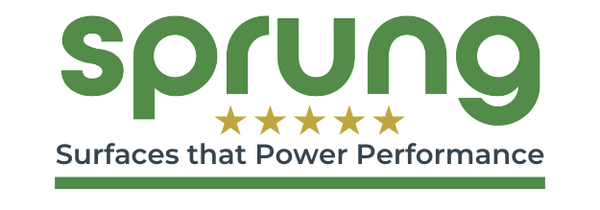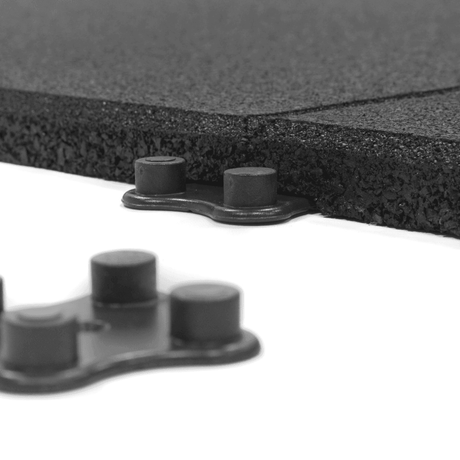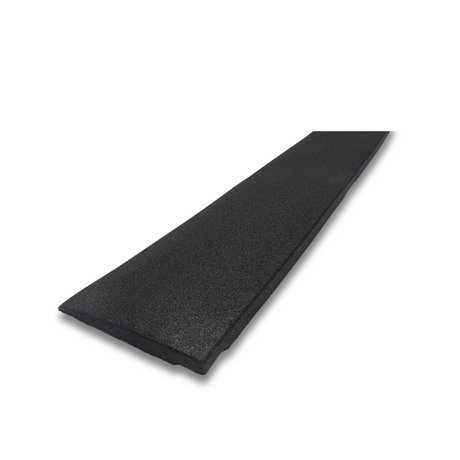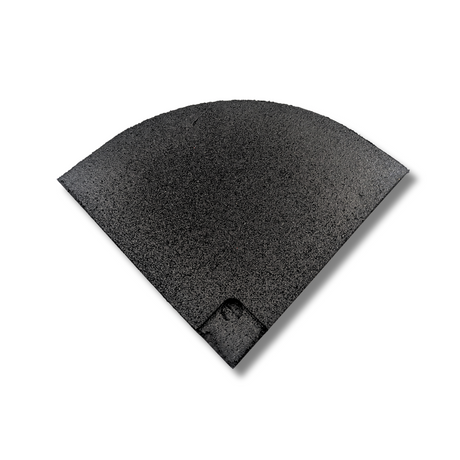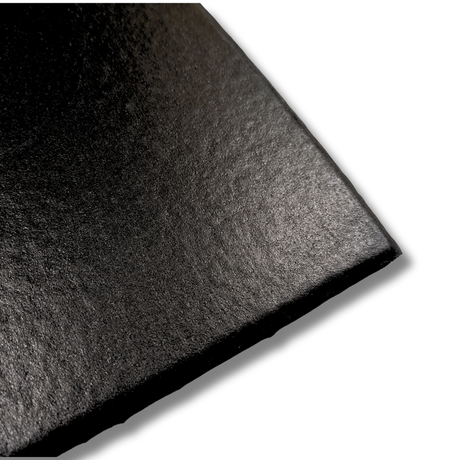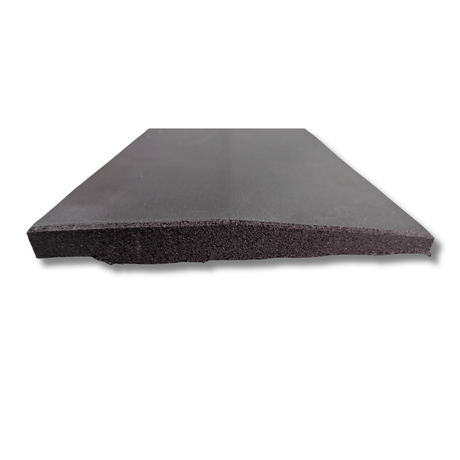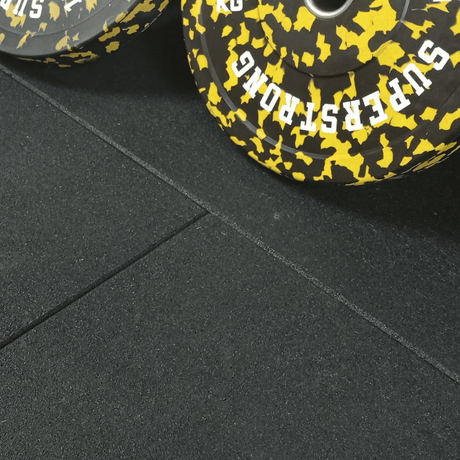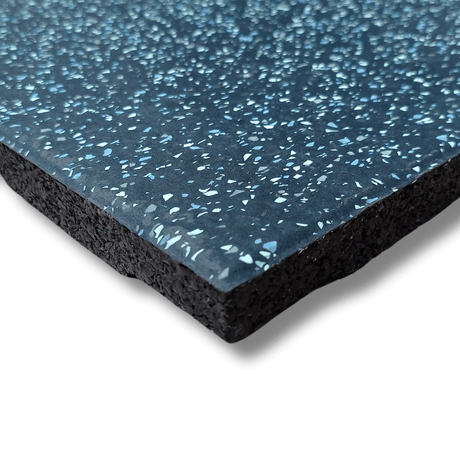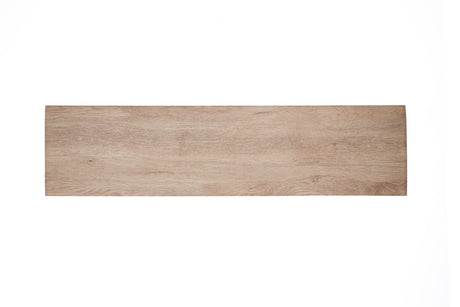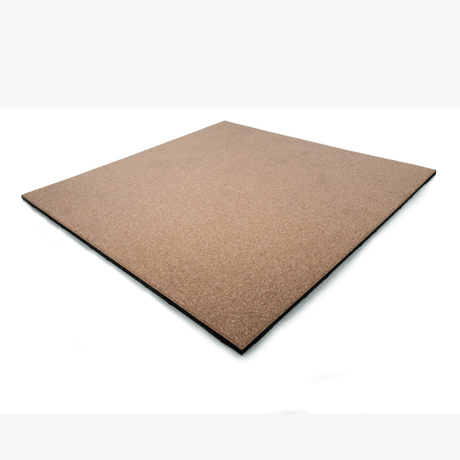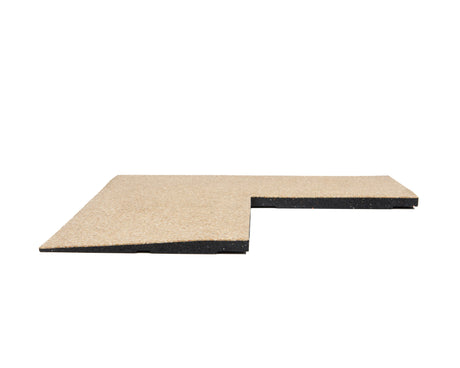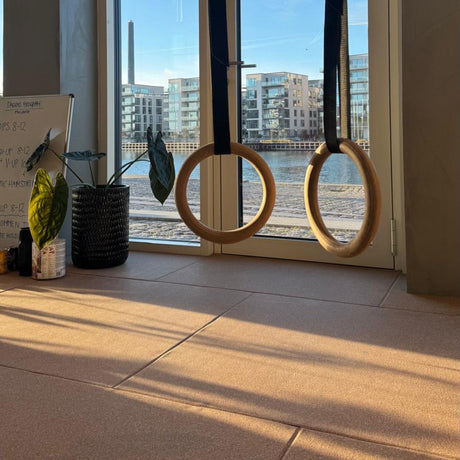Imagine transforming your mindset from “I really don’t want to exercise” to “I actually look forward to moving my body!” It’s absolutely possible, and here’s how to start exercising when you hate it, in a way that feels manageable, even fun.
Why it’s worth powering through the dislike

You might be put off by the idea of starting a new exercise routine, but the benefits of moderate intensity exercise and regular physical activity are huge. According to the NHS, being physically active can reduce your risk of coronary heart disease, stroke, type 2 diabetes and dementia, and boost your mood, energy levels and sleep quality.
And from a mental‑health standpoint (Mental Health Foundation), movement helps reduce stress, lift your mood and improve self‑esteem.
So even when you hate the idea of exercising, you’re making an investment in your body and your mind.
Step 1: Accept the dislike - then shift the story
The first step is recognising you hate exercise (or at least the way you imagine exercising). That’s okay. Most people don’t wake up excited to run on a treadmill. But what you can change is your approach:
- Instead of thinking “I have to go to the gym and lift weights”, think “I’m going to move my body in a way that feels okay”.
- Shift from “exercise” to “movement I enjoy”. As one guide puts it: “movement and physical activity means any way you move your body that uses energy”.
- Be kind to yourself. If you haven’t exercised for years, or you’re out of shape, this is totally fine. In fact, the guidelines say adults should aim for at least 150 minutes of moderate intensity activity each week, but some activity is better than none.
Step 2: Start small, build a new habit
When you hate exercising, the biggest barrier is often the “I’ll start tomorrow” loop. So let’s break that.
- Pick one short session: e.g., 10 to 15 minutes of movement at home.
- It could be walking, dancing in the living room, a body‑weight circuit, or a stationary bike ride if you have one.
- Choose something you can do and will do. The goal is consistency, not heroics.
- Use an “anchor” in your day: for example, after your morning coffee, you move for 10 minutes.
- Gradually build up frequency. Maybe 3 days in week 1, then 4, then 5. Over time you can aim for the 150 minutes per week target.
Step 3: Make it suck less - personalise the movement
If you hate the typical gym routines, you’re not alone. Here’s how to make it more enjoyable:
- Pick the right type of activity: strength training, walking lunges, body‑weight exercises, cycling, even gardening count. The key is working major muscle groups (legs, hips, back, chest, arms) at least twice a week.
- Go with how you feel: Some days you’ll feel energetic; others you won’t. On low‑energy days, do low intensity activity or go for a walk rather than pushing for high intensity.
- Change the environment: Move outdoors, listen to a good podcast, use music you love, invite a friend. A change in scenery helps.
- Gamify it: Use a fitness app, track your streaks, reward yourself for completing sessions.
- Mix it up: Create a new exercise programme that alternates aerobic (moderate aerobic activity) and resistance training. Variety prevents boredom and helps work different muscle groups.
Step 4: Structure a beginner‑friendly workout routine
Here’s a simple plan to start a new exercise routine you won’t dread.
Week 1 (3 sessions)
- Session A (20 mins): Brisk walk (moderate aerobic activity)
- Session B (15 mins): Body‑weight circuit — squats (legs), push‑ups against a wall (upper body), planks (core)
- Session C (20 mins): Active hobby or class - this could be a home dance session or a spin class
Week 2 (4 sessions)
- Increase one session to 25 mins. Maintain others.
- Add a second resistance session (major muscle groups) lasting 10‑15 mins.
Week 3 onwards (5 sessions)
- Aim for a minimum of 150 minutes of moderate intensity activity per week.
- Ensure at least 2 resistance‑training sessions for strength and muscle mass.
- Listen to your body: rest or reduce intensity if sore, tired or unmotivated.
Remember: the habit matters more than the perfect workout.
Step 5: Use mindset hacks to boost motivation
When you hate exercising, motivation might be low. These tricks help:
- Fine‑tune your reasons: “I want more energy in the afternoon” might work better than “I want to lose weight”.
- Set realistic goals: “I’ll do 10 mins today” is better than “I’ll train two hours and change my life”.
- Reward yourself: after a weekly exercise habit is built, reward with a treat (non‑food) or new gear.
- Make it social: invite a friend to join you or join an online group.
- Use micro‑habits: small bursts count. Even short activity helps your body and mind.
Blend Mind & Body

Step 6: Monitor and adapt - keep it sustainable
A key reason people stop exercising is because the plan is too tough or too boring.
- Track how you feel: note mood, energy, sleep after sessions. You’ll start to notice the positive changes.
- Adapt your exercise programme: if you’re dreading it, change it. Try new formats, different equipment or environment.
- Prioritise rest & recovery: muscle strengthening sessions for major muscle groups (legs, arms, back, chest) need recovery days.
- Listen to your body: if you feel pain (not just muscle ache), modify. Avoid “no pain, no gain” mindset.
- Keep the long‑term view: Regular exercise builds fitness, muscle mass and health over time.
Step 7: How to stay on track even if you really don’t like it
Since the article is about when you hate it, here are extra tips:
- Change the narrative: Instead of “I must go workout”, say “I’m choosing to move for 15 minutes because it helps me feel better”.
- Make it non‑negotiable but flexible: “Every Wednesday morning before breakfast I move for 20 mins” but if life happens, flip it to evening or switch type.
- Celebrate progress: Did you move 3 times this week? That’s a win.
- Remind yourself of the “why” often: For mood, for health, for longer life.
- Use low‑hassle equipment: If you’re at home, you don’t need fancy gym equipment - a gym mat or workout flooring set-up, resistance band or even just your body‑weight is enough. This aligns with the idea of an exercise programme you can start at home.
- Use cues and triggers: Set your workout clothes out the night before; have a designated spot in your home for exercise; integrate movement into daily routine.
What about when you’ve been inactive for years?
If you haven’t exercised for a long time (and you might really hate it), here’s the approach:
- Talk to your GP if you have medical conditions or concerns.
- Start with very light activity: e.g., five minutes of walking, basic stretching. Gradually increase.
- Use the “start slowly and build” mindset.
- Don’t expect big changes overnight, small consistent steps win the long game.
- Focus on habit formation, then gradually raise intensity. Some high intensity interval training or vigorous activity may come later, but only if it appeals to you. For now, moderate aerobic activity and resistance training for major muscle groups is enough.
Work on the Self-Doubt

Lack of enjoyment and enthusiasm with exercise can often stem from negative experiences with fitness in the past and doubting your ability to be consistent.
Meet Sarah (not her real name). Sarah was 42, had never been consistent with exercise, hated the gym, felt self‑conscious and thought fitness was “for other people”. She set up a small corner in her living room with some gym mats and resistance band. She committed to 8 minutes of home movement after her morning coffee three times per week.
- She started with simple walking on the spot, side‑steps, body‑weight squats.
- After two weeks she added a 5‑minute online class on a weekend. She didn't like parts of it, the muscle aches surprised her. But after 4 weeks she realised she felt less lethargic in the afternoon, and she’d done 3 weeks in a row.
- By week 8 she felt strong enough to try a small local group class (for beginners). The group element made her feel accountable and less alone.
- Six months later she still exercises at home 4 times per week and attends that small group class once. She never loved “exercise” in the gym sense, but she found movement she could stick to, that she could tolerate and even look forward to.
Her energy improved, her mood lifted, and she felt more confident that she could keep this going. You can be Sarah too.
Final thoughts
If you hate exercising right now, that’s okay. What matters is starting in a way that doesn’t feel like a chore. Choose movement you can tolerate, build a manageable exercise plan, personalise it, stay consistent and adjust as you go.
Over time you’ll find the habit becomes easier, even enjoyable. Your body and mind will thank you, and you’ll get better results than trying to force something you hate.
FAQs
Q1: How should a beginner start working out?
A1: Begin with short, simple sessions of movement you can tolerate, e.g., 10–15 minutes at home. Schedule 3 sessions in week one and gradually build to 4–5. Include aerobic activity (walking, cycling) and a couple of strength/resistance sessions working major muscle groups. Set realistic goals and use something enjoyable so you’ll stick to it.
Q2: How do I start exercising after years of inactivity?
A2: Accept you aren’t starting from zero, but you’re restarting. Speak to your GP if needed. Pick very manageable sessions (short duration, low intensity), focus on consistency, and gradually build frequency, duration and intensity. Monitor how you feel and celebrate progress.
Q3: What is the 3‑3‑3 rule for working out?
A3: The “3‑3‑3 rule” is less formalised than some other workout‑rules, but one way to interpret it is: 3 sessions per week, each session 30 minutes, for 3 weeks, then reassess and increase. The key is progression. (Note: other “rules” such as “5‑3‑1 rule” exist for strength training).
Q4: What is the 4‑8‑12 rule?
A4: The “4‑8‑12 rule” is sometimes used in strength training: 4 sets, 8 to 12 repetitions per exercise, targeting hypertrophy/muscle mass. If you don't naturally enjoy exercising, you might wait until you establish your movement habit before focusing on such rules for lifting weights.
Q5: What is the “Big 3” workout routine?
A5: The “Big 3” typically refers to the major compound lifts of strength training: squat, bench press (or push‑up variation) and deadlift (or hinge movement). If you’re just starting and dislike exercise, you can include simpler body‑weight versions of these movements once you feel comfortable and enjoy your routine.
Ready to form new habits? Browse starter home gym flooring here

